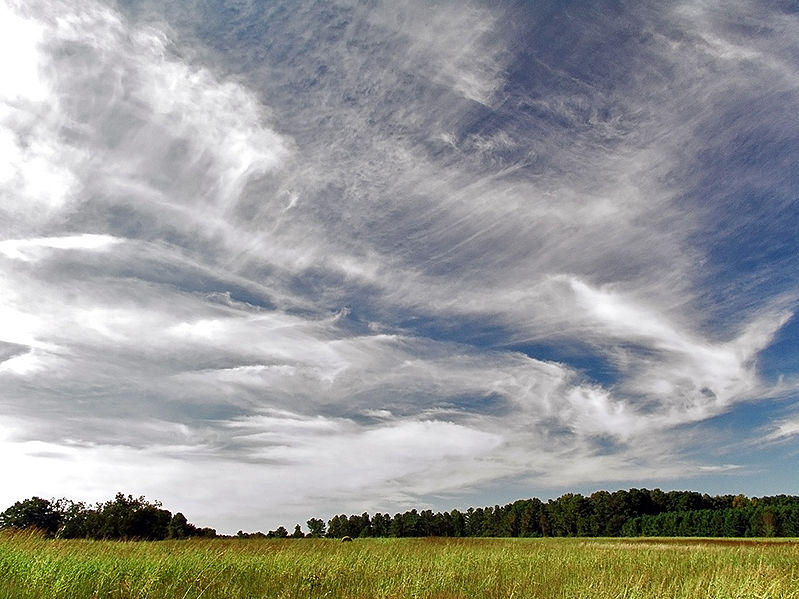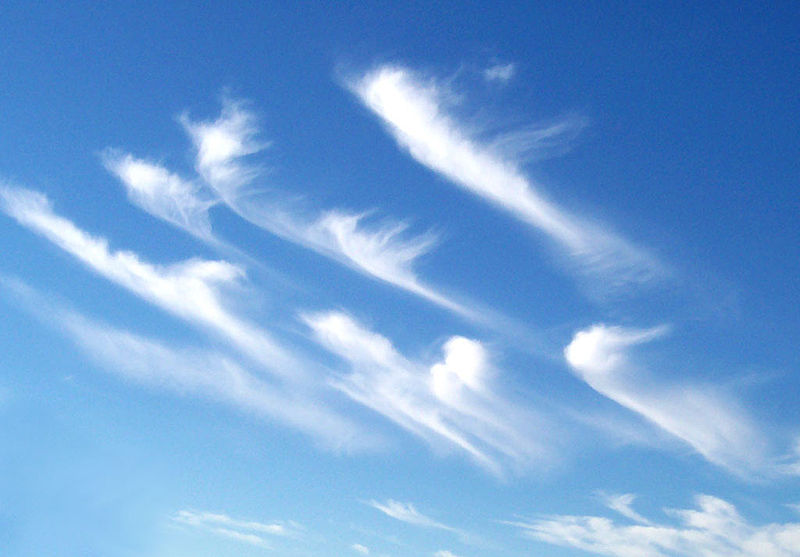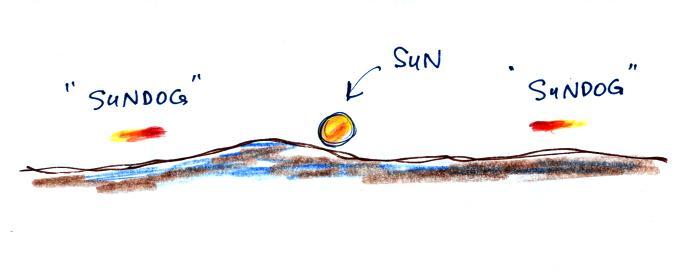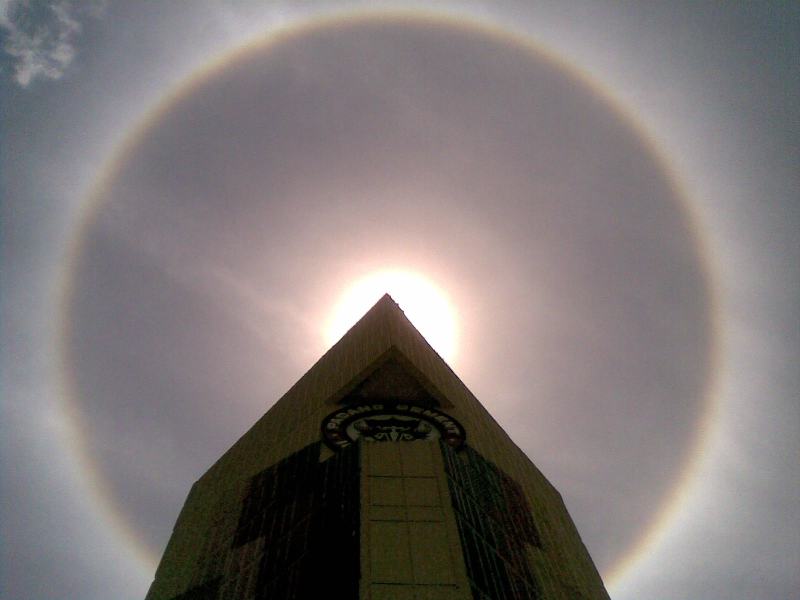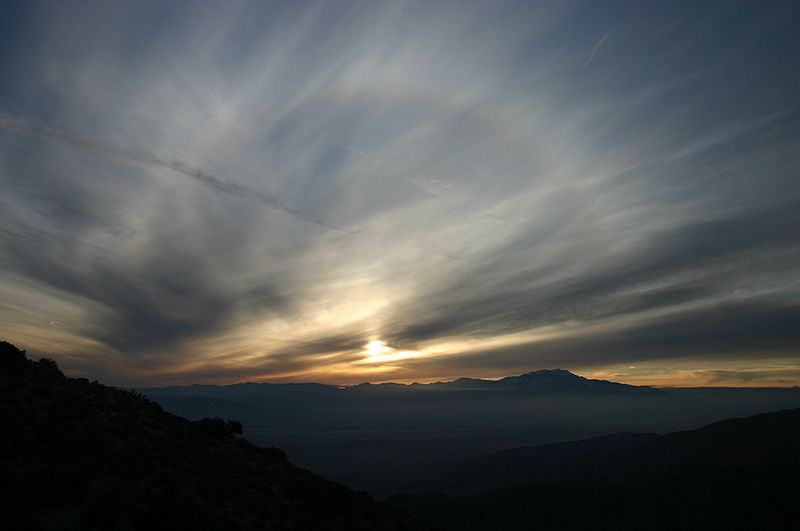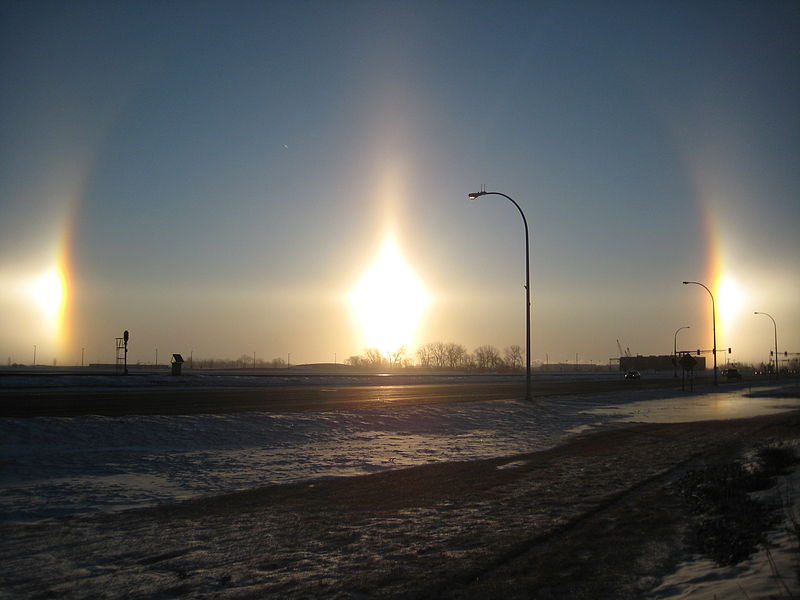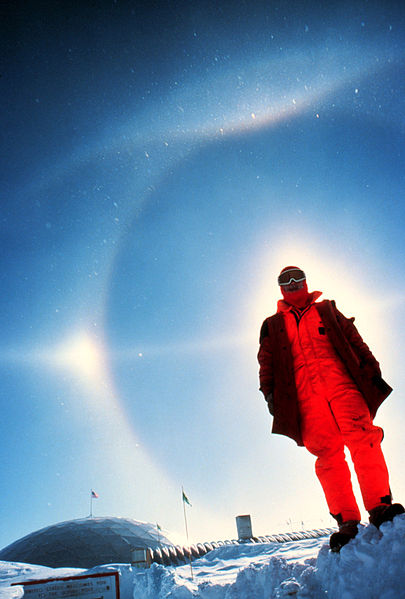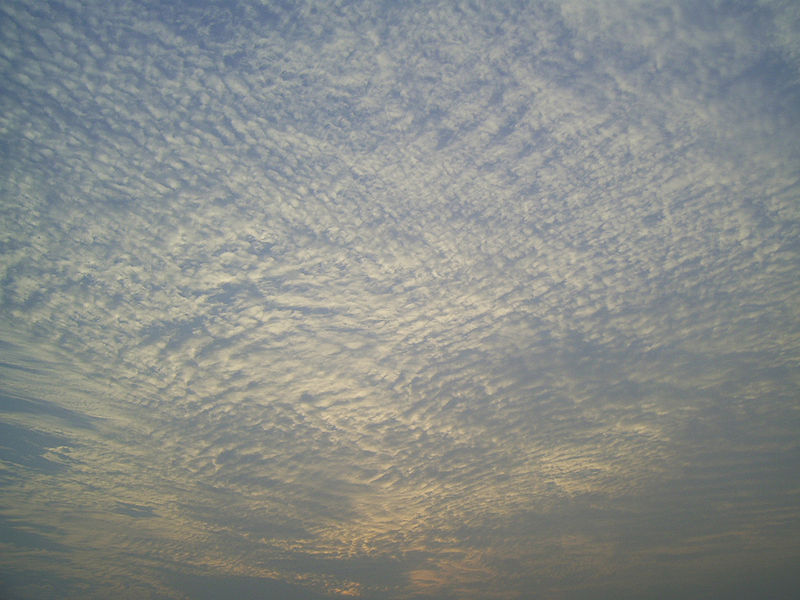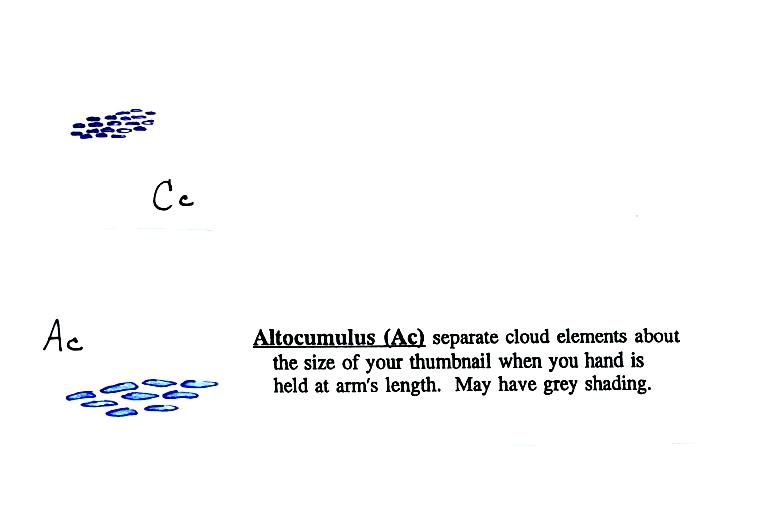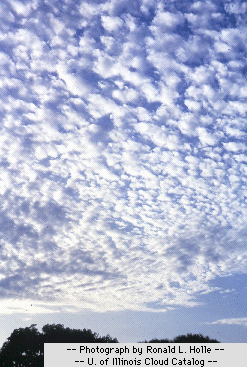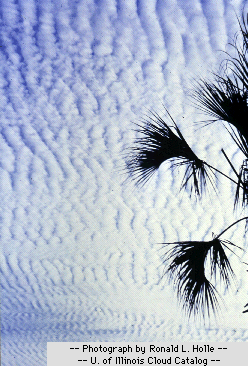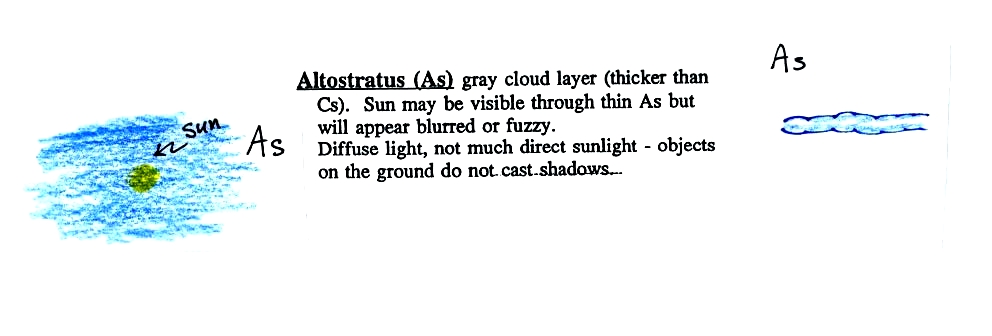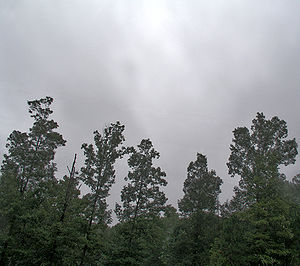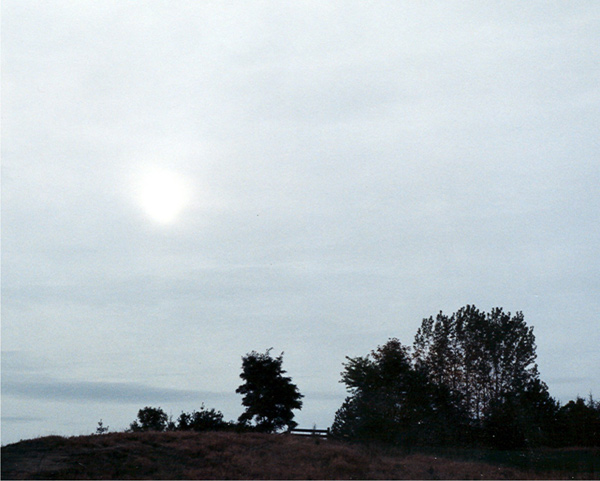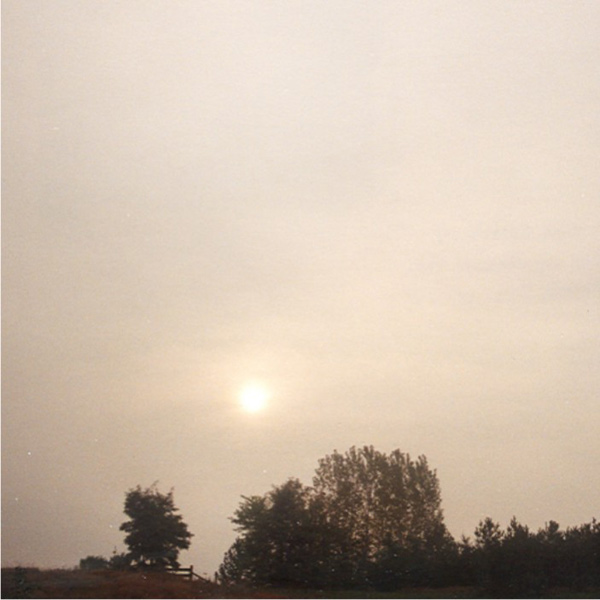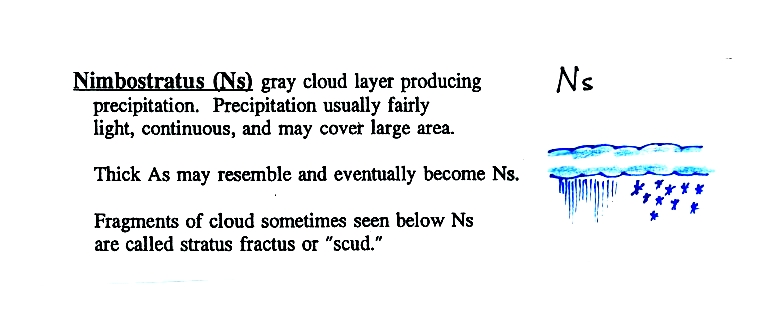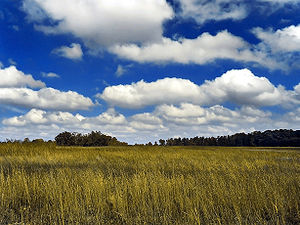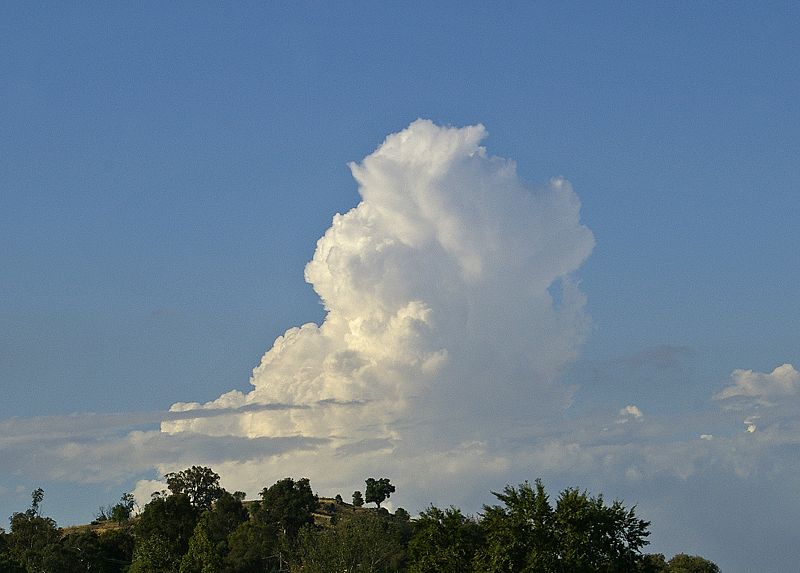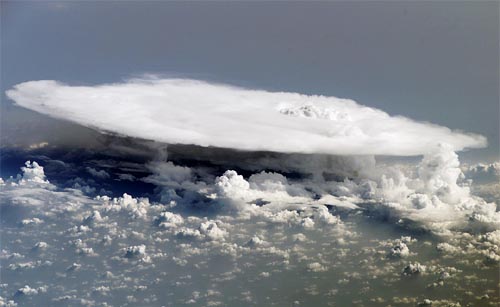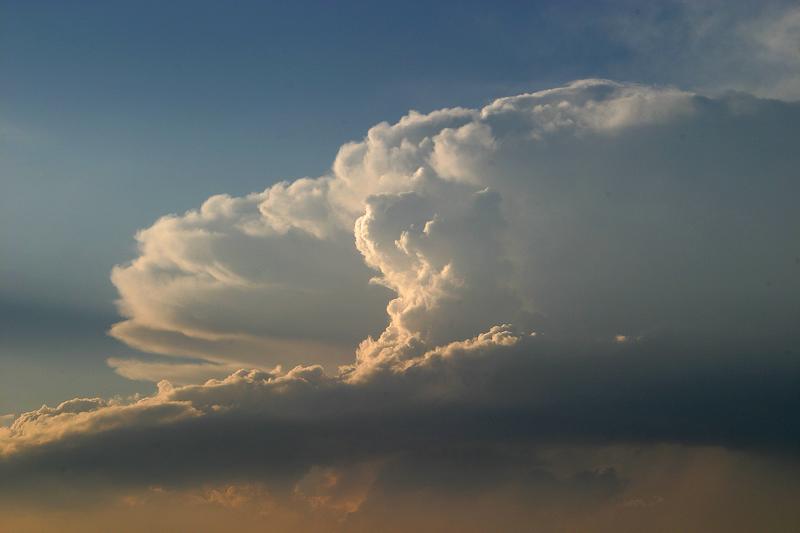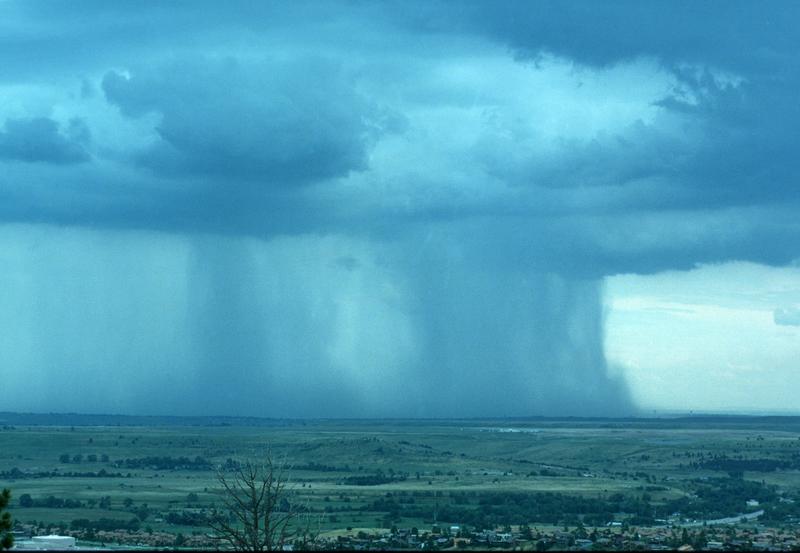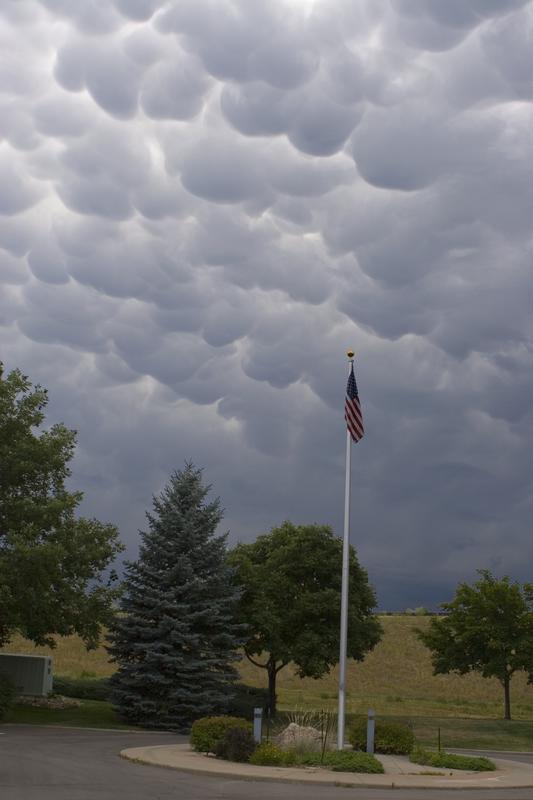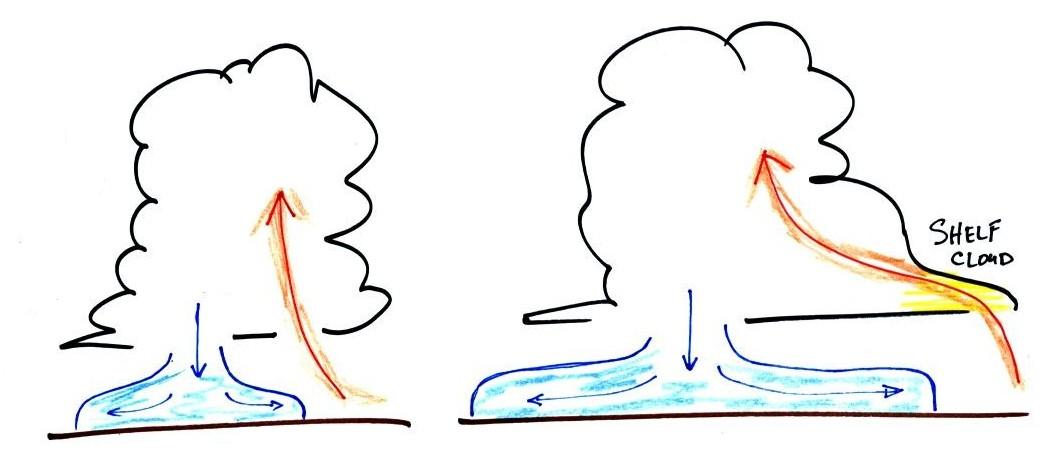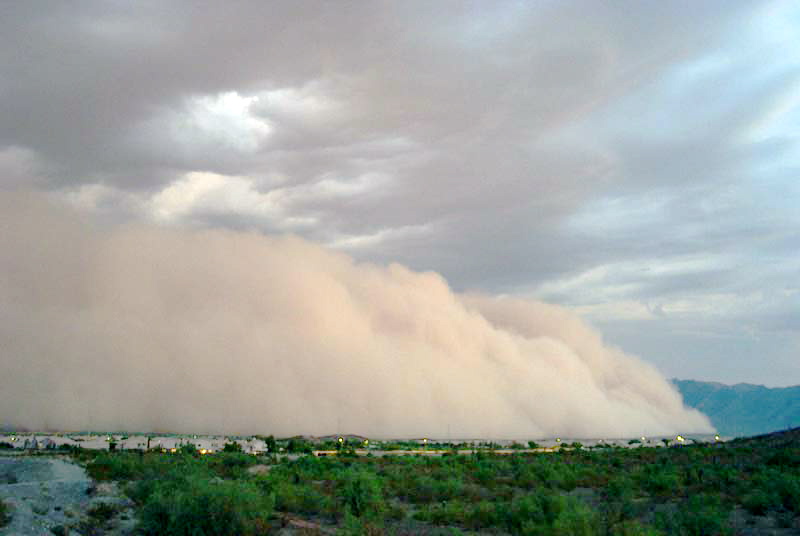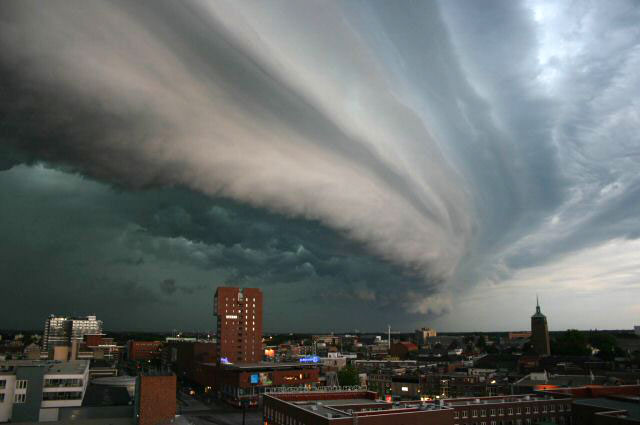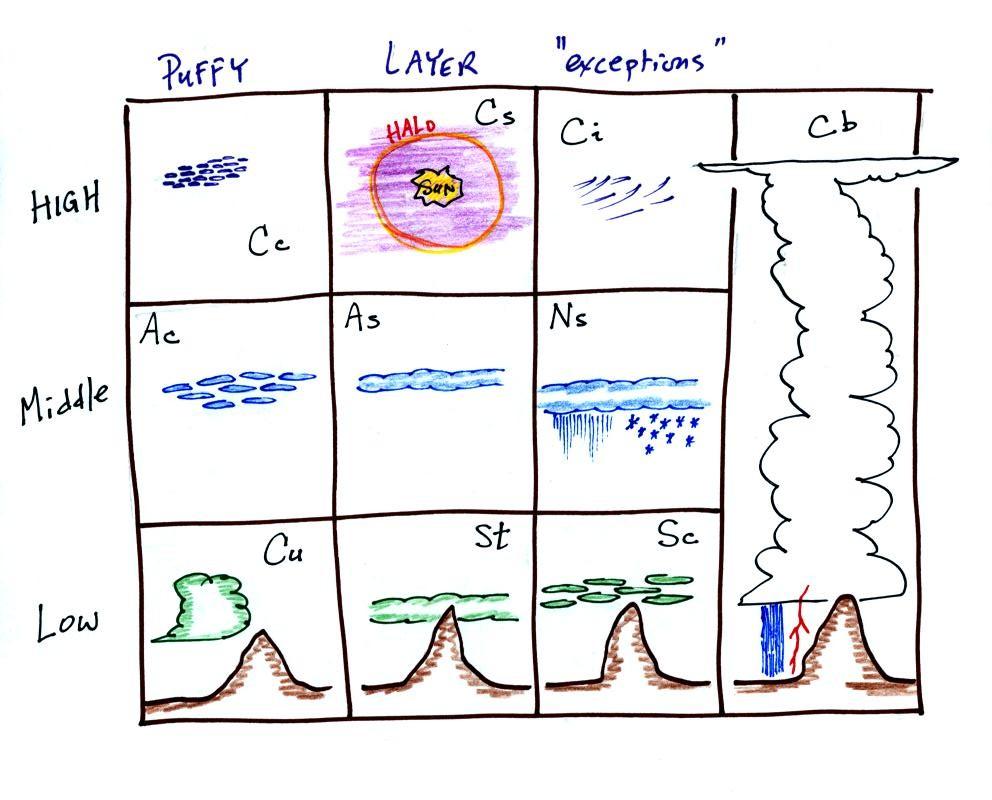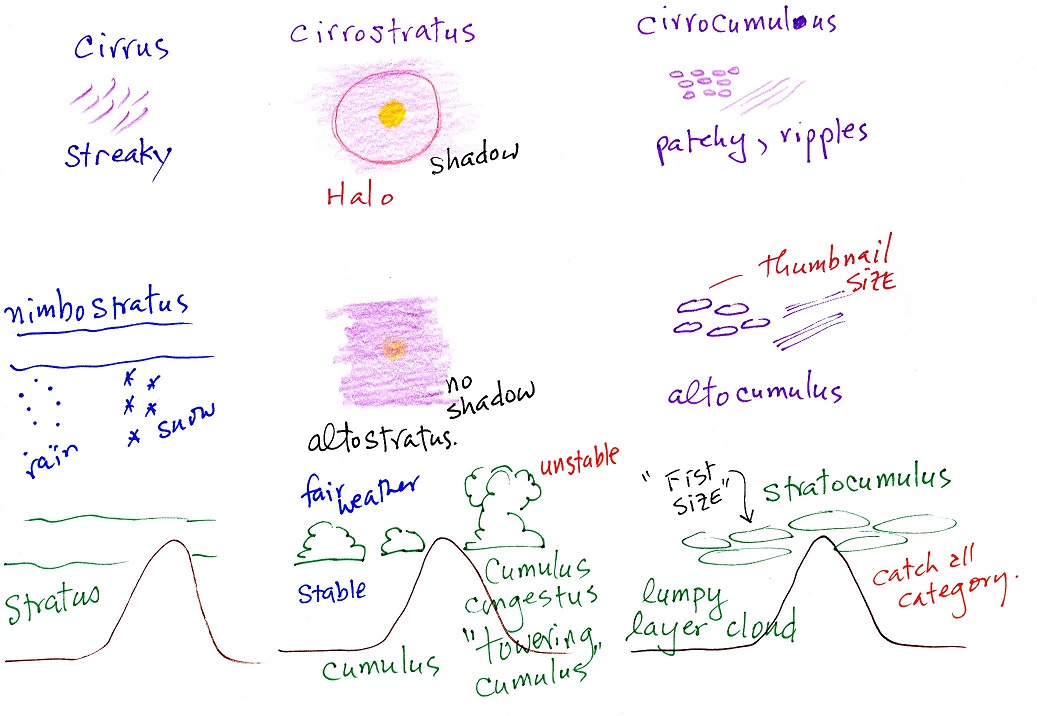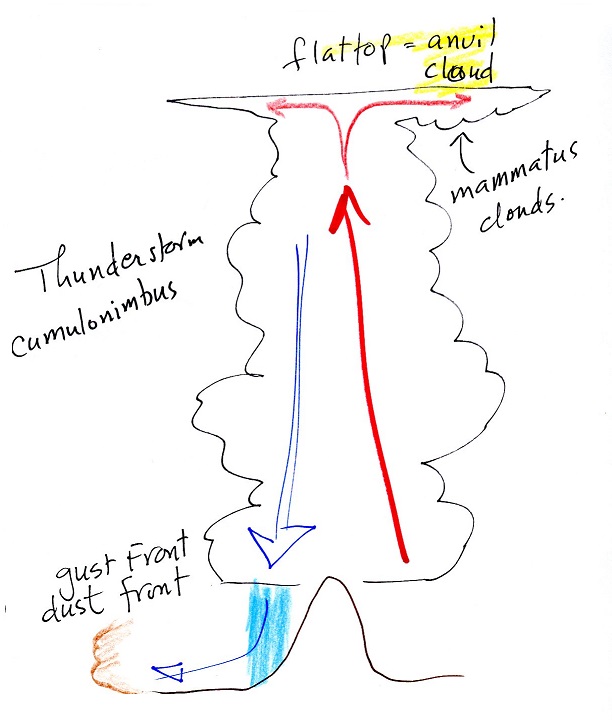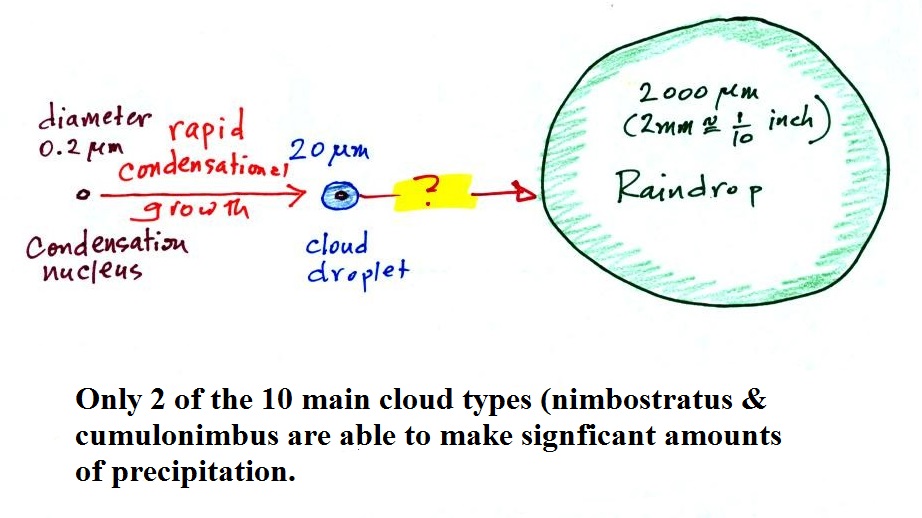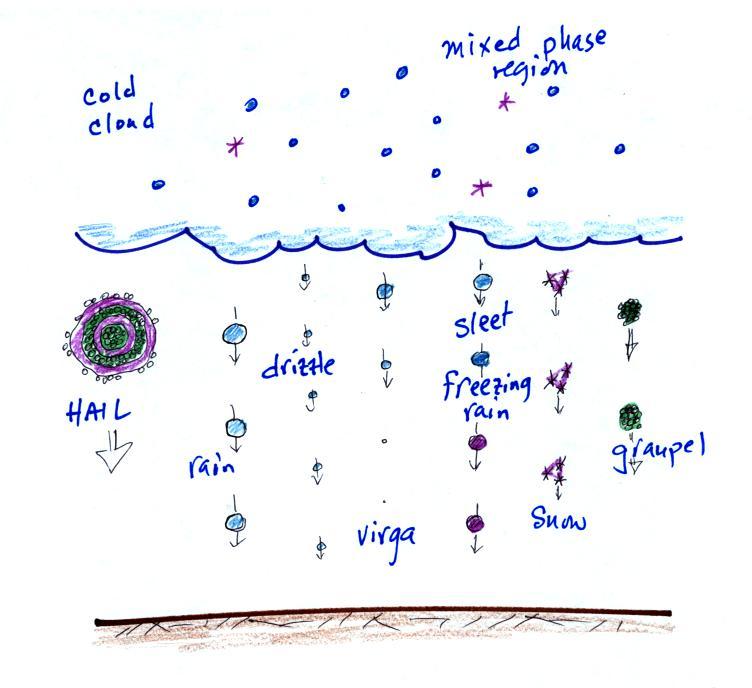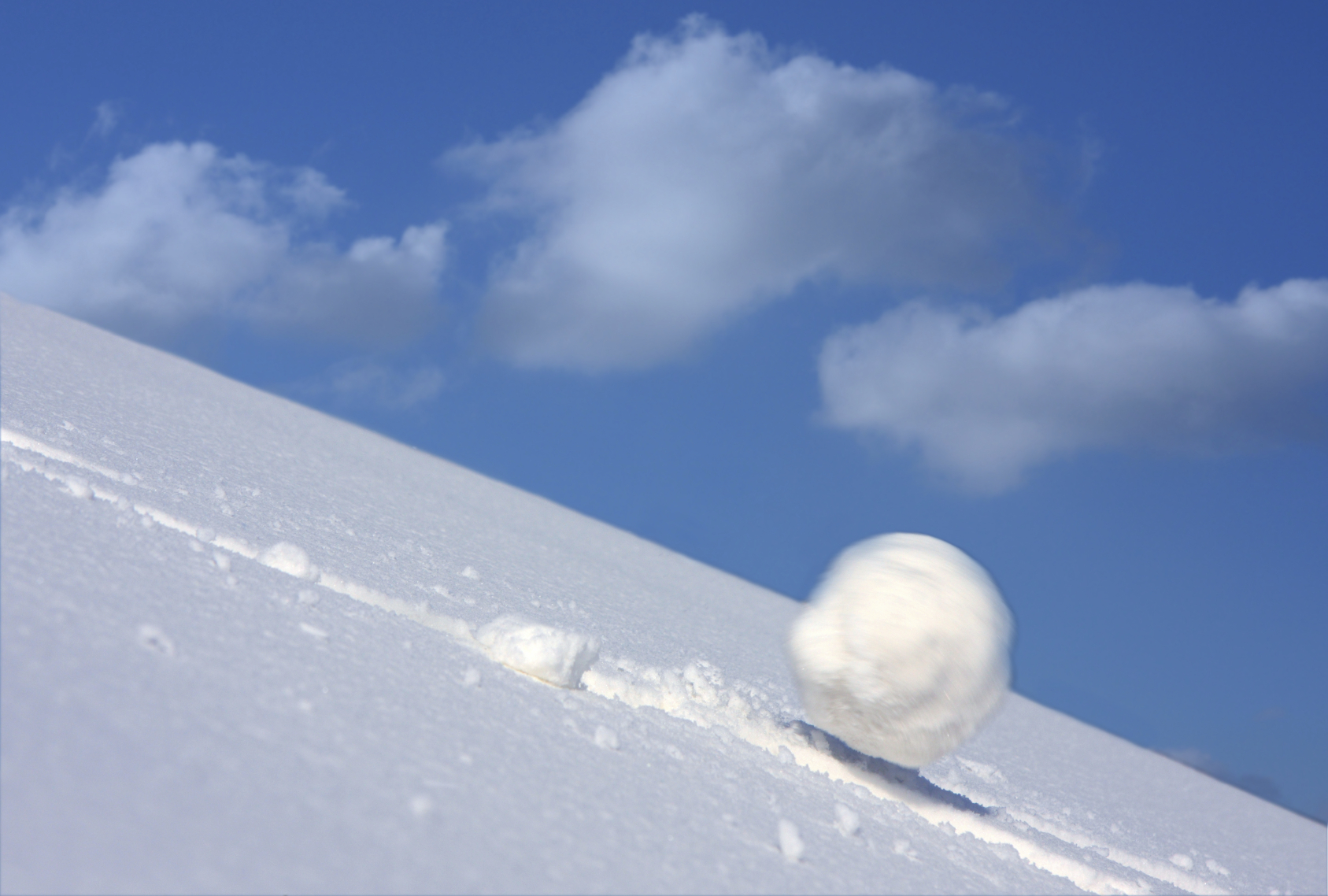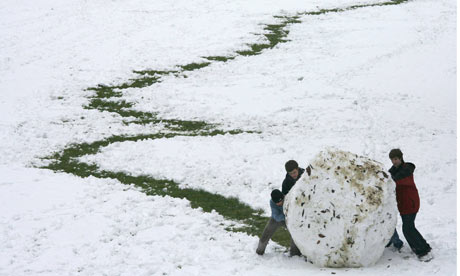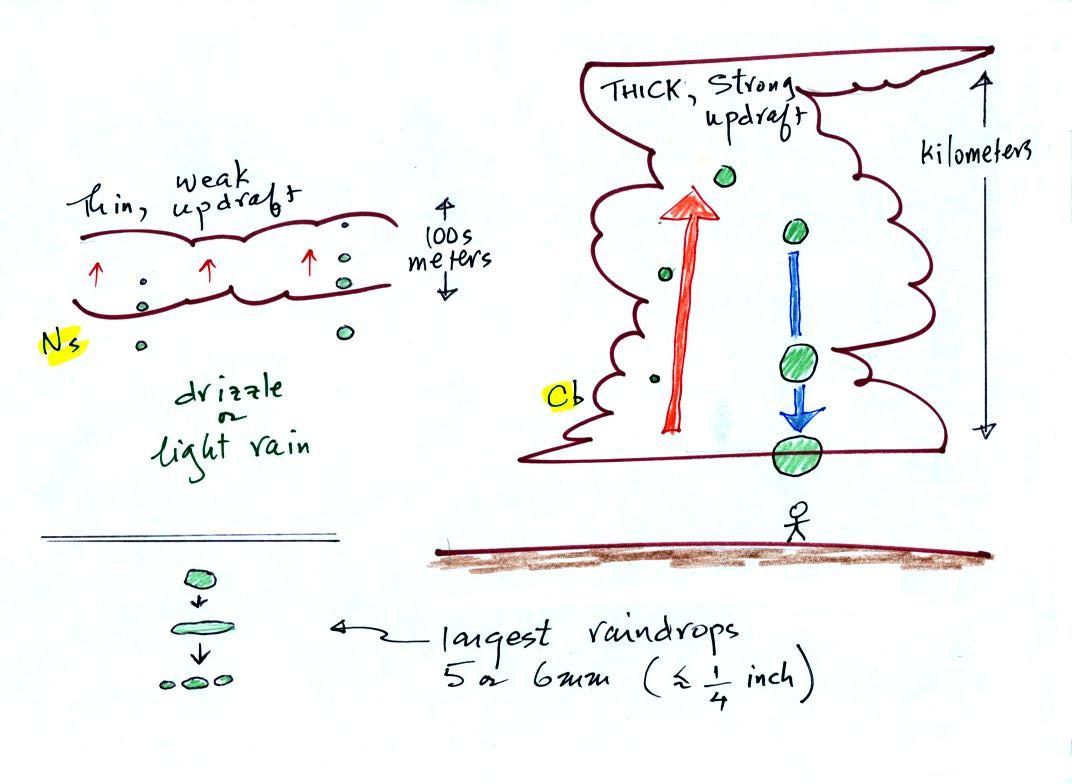Thursday Oct. 29, 2015
I tried to get to the 8:00 am class a few minutes early so that
I could play 4 songs from the Playing For Change project: Afro
Fiesta "Nda",
Manu Chao "Clandestino",
"Where There
is Love", and "Satchita".
Playing for Change is
an effort to "inspire, connect, and bring peace" to people of the
world through music. If you haven't heard their "Stand By Me"
you should listen to that also.
The revised Experiment #1 reports have finally been graded and
were returned in class today. The revised Expt. #2 reports
(if you decide to do one, it isn't required) are due in 1 week -
Thursday Nov. 5. Please return your original report with
your revised report.
The Optional Assignment that was turned in Tuesday this week has
been graded and was returned today. Here are answers
to the questions on the assignment.
A short "Misc. energy balance questions not covered on Quiz #2"
section has been added to the beginning of the Quiz #3 Study Guide. Quiz #3 is
one week from today, Thu., Nov. 5.
The 1S1P reports on Ultraviolet Light and
Rainbows/Mirages/GreenFlash were collected today. I'll try
to make an initial pass through those papers today or
tomorrow. If you're close to 45 pts (the maximum number of
1S1P pts allowed) I'll probably just give you the points you need
without carefully reading your report and will add your name to
the list of students that have
earned 45 1S1P pts. 1S1P
Assignment #3a reports are due by Tue., Nov. 10.
The Experiment #3 reports are due next Tuesday. You can
still turn in materials at my office (PAS 588) and pick up a copy
of the Supplementary Information handout.
We'll be looking at pictures of most of the 10 main cloud types
today. I'm hoping you'll go outside and have a look at
clouds when and if they're in the sky. But also a warning,
real world examples are often much complex than what we'll be
looking at here. ATMO 170 is not going to make you cloud
identification experts.
Try to organize this class notes material as you read through
it. For each of the cloud types sketch the cloud, write down
its name and add a word or two of description on a small index
card size piece of paper. Put that piece of paper in its
proper position on a larger cloud chart. I.e. does that
cloud belong at high, middle or low altitude.
Names, pictures and short descriptions of most of the
10 main cloud types
(many of the descriptions below are found on pps 97 & 98 in
the ClassNotes)
Something I didn't mention in class.
If you get a particularly good photograph of a cloud or if you are
an artist (as I know some of you must be) and are able to draw
some really nice cloud pictures, I'd like to see them (and include
them in the class notes). So send them in.
High altitude clouds
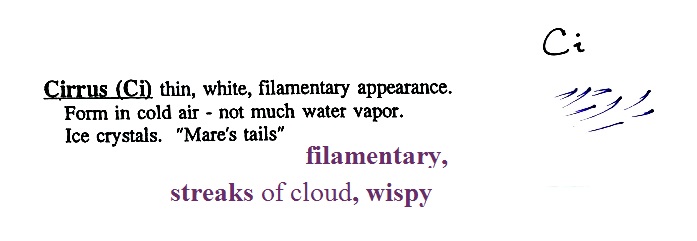
High altitude clouds are thin
because the air at high altitudes is very cold and
cold air can't contain much moisture,
the raw material needed to make clouds (the saturation
mixing ratio for cold air is very small). These clouds are also often blown
around by fast high altitude winds.
Filamentary means "stringy" or "streaky". If you
imagine trying to paint a Ci
cloud you might dip a small pointed brush in white paint
brush it quickly and lightly across a blue colored
canvas. Here are some pretty good photographs of
cirrus clouds (they are all from a Wikipedia
article on Cirrus Clouds)

A
cirrostratus cloud is a thin uniform white layer cloud (not
purple as shown in the figure) covering part or all of the
sky. They're so thin you can sometimes see blue sky
through the cloud layer. Haloes
are a pretty sure indication that a cirrostratus cloud
is overhead. If you were
painting Cs clouds you could dip a broad brush in watered
down white paint and then paint back and forth across the
canvas. Look down at
your feet and see if you cast a shadow.
Haloes and sundogs
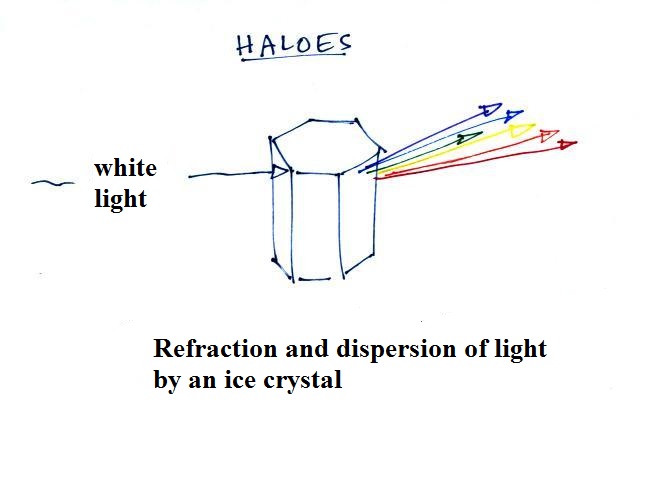
Haloes are produced when white light
(sunlight or moonlight) enters a 6 sided ice crystal.
The light is bent (refraction). The amount of bending
depends on the color (wavelength) of the light
(dispersion). The white light is split into
colors just as when light passes through a glass prism.
Crystals like this (called columns) tend to be randomly
oriented in the air. That is why a halo forms a
complete ring around the sun or moon. You don't
usually see all the colors, usually just a hint of red or
orange on the inner edge of the halo.
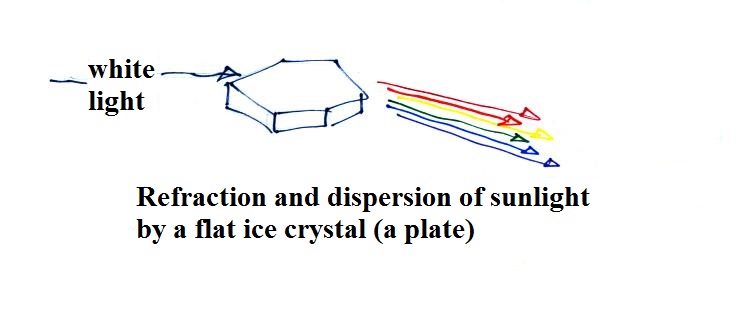
This is a
flatter crystal and is called a plate. These crystals
tend to all be horizontally oriented and produce sundogs
which are only a couple of small sections of a complete
halo. A sketch of a sundog is shown below.
Sundogs are pretty common.
Keep an eye out for them whenever you see high thin clouds in
the sky at sunrise or sunset. Thin
cirriform clouds will often appear thicker at sunrise or
sunset because the rays of sunlight shine through them at
an angle.
A very bright halo is shown at upper
left with the sun partially blocked by a building
(the cloud is very thin and most of the sunlight is
able to shine straight through). A halo like
this would draw a crowd. Note the sky inside
the halo is darker than the sky outside the
halo. The halo at upper right is more typical
of what you might see in Tucson. Thin cirrus
clouds may appear thicker at sunrise or sunset
because the sun is shining through the cloud at a
steeper angle. Very bright sundogs (also known
as parhelia) are shown in the photograph at bottom
left. The sun in the photograph at right is
behind the person. You can see both a halo and
a sundog (the the left of the sun) in this
photograph. Sources of these
photographs: upper
left, upper
right, bottom
row.
If you spend
enough time outdoors looking up at the sky you will
eventually see all 10 cloud types.
Cirrus and cirrostratus clouds are fairly
common. Cirrocumulus clouds are a little more
unusual.
The same is true with animals,
some are more commonly seen in the
desert around Tucson (and even in town) than others. If you click on the link you'll
see pictures of some of the wild animals that live in and
around Tucson. With the exception of a skunk I've seen
all of them in my neighborhood in central Tucson (actually
I've seen most in my backyard).

To
paint a Cc cloud you could dip a sponge in white paint
and press it gently against the canvas (as I tried to do
earlier). You would leave a patchy, splotchy
appearing cloud (sometimes you might see small
ripples). It is the patchy (or wavy) appearance
that makes it a cumuliform cloud.
The table below compares
cirrostratus (the cloud on the left without texture)
with a good example of a cirrocumulus cloud (the
"splotchy" appearing cloud on the right). Both
photographs are from the Wikipedia article mentioned
earlier.
Cirrostratus
- Cirrocumulus comparison
Middle altitude clouds
Altocumulus clouds are pretty common.
Note since it is hard to accurately judge
altitude, you must rely on cloud element size (thumbnail size in
the case of Ac) to determine whether a cloud belongs in the
high or middle altitude category. The cloud
elements in Ac clouds appear larger than in Cc because the cloud
is closer to the ground. A couple of photographs are shown
below (source: Ron Holle for WW2010 Department of
Atmospheric Sciences, the University of Illinois at
Urbana-Champaign)
There's a much larger collection in this gallery
of images. The fact that there are so many examples
is an indication of how common this particular type of cloud is.
Altostratus clouds are thick
enough that you probably won't see a
shadow if you look down at your feet.
The sun may or may not be visible through the
cloud. Three examples are
shown below (the first is from a
Wikipedia article, the
middle and right photograph are from an Environment
Canada web page)
When (if) an altostratus cloud begins
to produce precipitation, its name is changed to
nimbostratus.
Without being there, it is
hard to tell whether this is an altrostratus, a
nimbostratus, or a stratus cloud.
The smaller darker cloud fragments that are below
the main layer cloud are "scud" (stratus fractus)
clouds (source
of this image).
Low
altitude clouds
Pretty
common. This cloud name is a
little unusual because the two
key words for cloud appearance have been combined,
but that's a good description of this cloud type - a "lumpy
layer cloud". Remember there isn't a key word for low
altitude clouds.
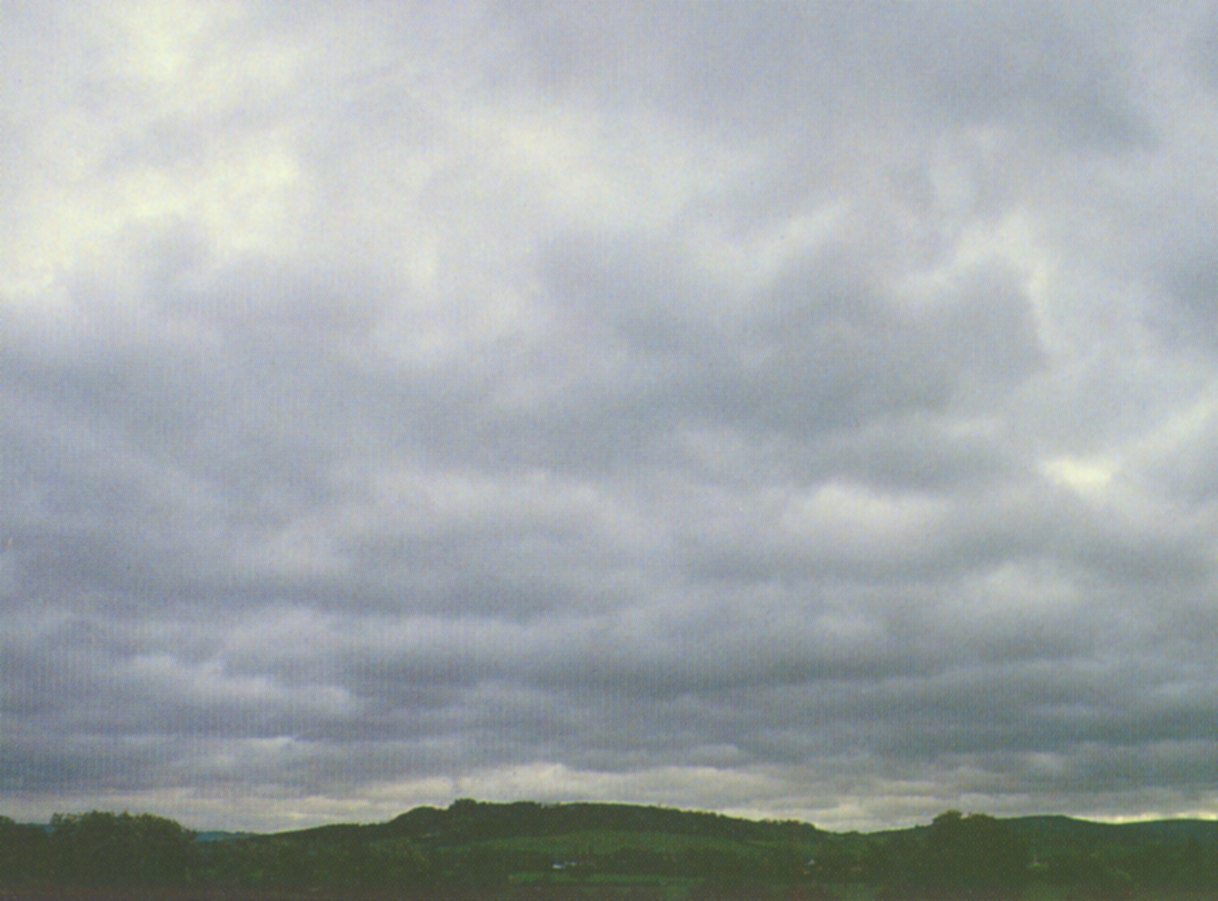
|
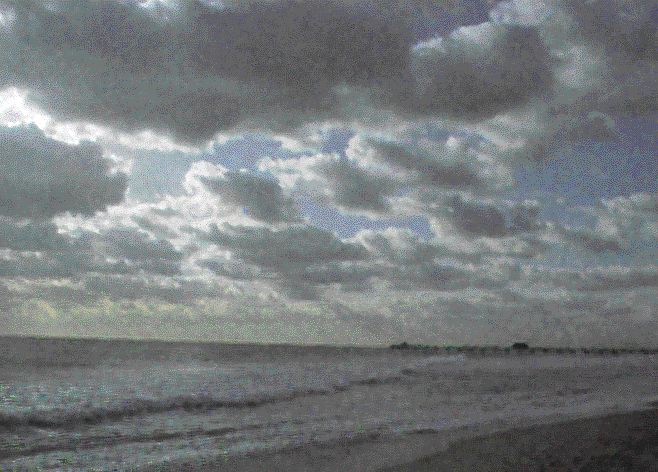
|
Because they are closer to
the ground, the separate patches of Sc are
bigger, about
fist size (sources of these
images:left
photo, right
photo ).
The patches of Ac, remember, were about thumb
nail size.. If the cloud fragments in the
photo at right are clearly separate from each
other (and you would need to be underneath the
clouds so that you could look to make this
determination) these clouds would probably be
"fair weather" cumulus. If the patches of
cloud are touching each other (clearly the case
in the left photo) then stratocumulus would be
the correct designation.
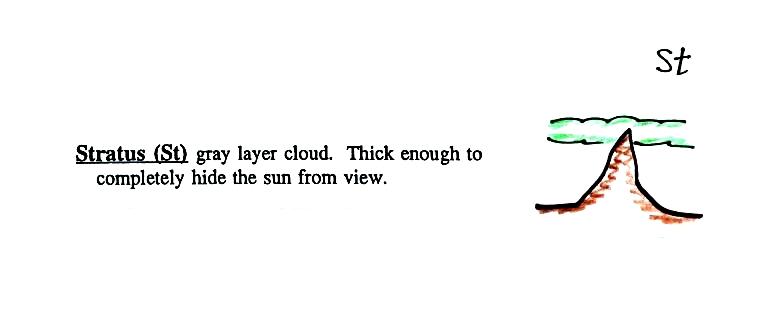
No
photographs of stratus clouds, sorry. Other than
being closer to the ground they really aren't much
different from altostratus or nimbostratus.
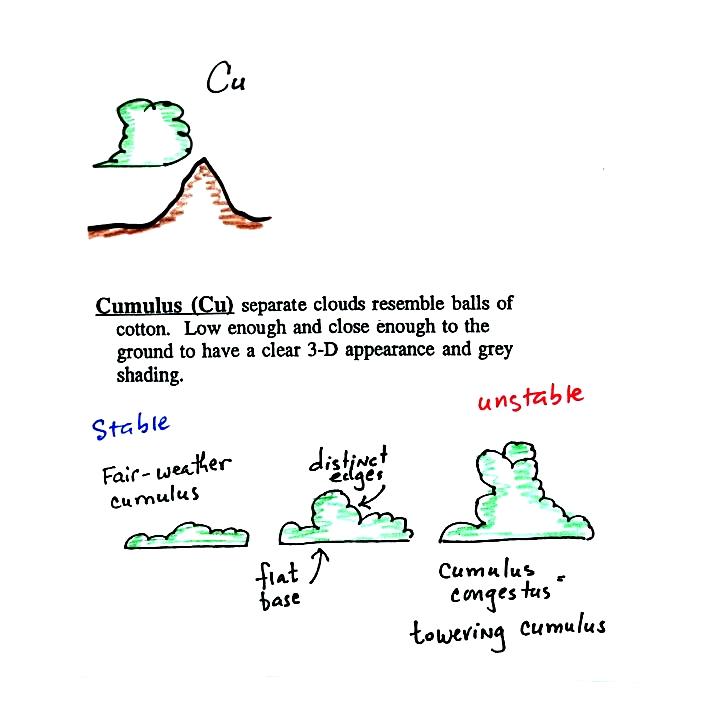
Cumulus
clouds come with different degrees of vertical
development. The fair weather cumulus clouds don't grow
much vertically at all. A cumulus congestus
cloud is an intermediate stage between fair weather cumulus
and a thunderstorm.
Photographs
of "fair weather" cumulus on
the left (source)
and cumulus congestus or
towering cumulus on the right (source)
Thunderstorms
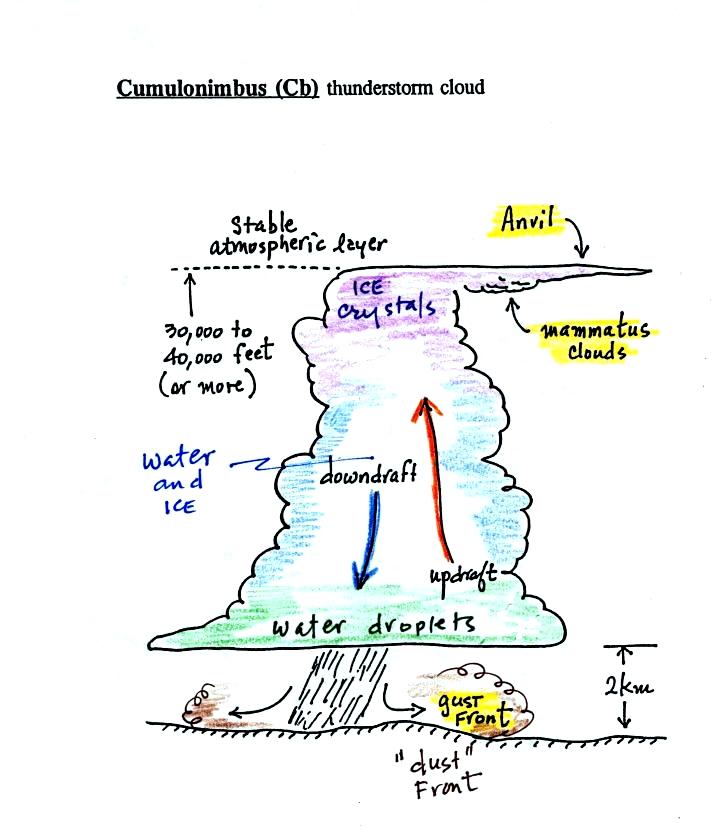
There
are lots of distinctive features on cumulonimbus clouds
including the flat anvil
top and the lumpy mammatus
clouds sometimes found on the
underside of the anvil.
Cold
dense downdraft winds hit the ground below a
thunderstorm and spread out horizontally underneath the
cloud. The leading edge of these winds produces a
gust front
(in Arizona dust front might be a little more
descriptive). Winds at the ground below a
thunderstorm can exceed 100 MPH, stronger than many
tornadoes.
The top of a thunderstorm
(violet in the sketch) is cold enough that it will be
composed of just ice crystals. The bottom (green) is
composed of water droplets. In the middle of the
cloud (blue) both water droplets and ice crystals exist
together at temperatures below freezing (the water
droplets have a hard time freezing). Water and ice
can also be found together in nimbostratus clouds.
We will see that this mixed phase region of the cloud is
important for precipitation formation. It is also
where the electricity that produces lightning is
generated.
The top left
photo shows a thunderstorm viewed from space (source: NASA Earth
Observatory). The flat anvil top is the dominant
feature. The remaining three photographs are from the UCAR Digital Image
Library. The bottom left photograph shows heavy by
localized rain falling from a thunderstorm. At bottom
right is a photograph of mammatus clouds found on the
underside of the flat anvil cloud.
Cold air
spilling out of the base of a thunderstorm is just beginning
to move outward from the bottom center of
the storm in the picture at
left. In the picture at right the cold air has moved
further outward and has begun to get in the way of the
updraft. The updraft is forced to rise earlier and a
little ways away from the center of the thunderstorm.
Note how this rising air has formed an extra lip of
cloud. This is called a shelf
cloud.
Here's a photograph of the dust stirred
up by the thunderstorm downdraft winds (blowing into
Ahwatukee, Pheonix on Aug. 22, 2003). The thunderstorm
would be off the left somewhere and the dust front would be
moving toward the right. Dust
storms like this are often called "haboobs"
(source of
this image).
We'll learn more about the
hazards associated with strong downdraft winds later in the
semester when we cover thunderstorms.
Shelf clouds
can sometimes be quite impressive (the picture above is
from a
Wikipedia article on arcus clouds).
The
main part of the thunderstorm would be to the left. Cold
air is moving from left to right in this picture. The
shelf cloud forms along the advancing edge of the gust front.
You should end up with something like this at the end of
class. Your cloud chart will also include some words of
description or clues that help you identify and name a
cloud. I've used abbreviations for the cloud names (Cc =
cirrocumulus, As = altostratus etc).
Here's a link to a cloud
chart on a National Weather Service webpage with
actual photographs.
27 clouds are shown. This is because slightly different
versions of the 10 main cloud types are shown.
Below is the actual cloud chart we ended up with at the end of
the 9:30 class.
Precipitation producing processes
The last topic we will cover before
next week's quiz is precipitation formation and types of
precipitation. Only two of the 10 main cloud types
(nimbostratus and cumulonimbus) are able to produce significant
amounts of precipitation and produce precipitation that can
survive the fall from cloud to ground without evaporating.
Why is that? Why is it so hard for clouds to make
precipitation?
This figure shows typical sizes of cloud condensation nuclei
(CCN), cloud droplets, and raindrops (a human hair is about 50 μm
thick for comparison). As we saw in the cloud in a bottle
demonstration it is relatively easy to make cloud droplets.
You cool moist air to the dew point and raise the RH to
100%. Water vapor condenses pretty much instantaneously onto
a cloud condensation nucleus to form a cloud droplet. It
would take much longer (a day or more) for condensation to turn a
cloud droplet into a raindrop. You must know from personal
experience that once a cloud forms you don't have to wait that
long for precipitation to begin to fall.
Part of the problem is that it takes quite a few 20 μm
diameter cloud droplets to make one 2000 μm
diameter raindrop. A raindrop is about 100 times bigger
across than a cloud droplet. How many droplets are needed to
make a raindrop? Before answering that question we will look
at a cube (rather than a sphere).
How many sugar cubes
would you need to make a box that is 4 sugar cubes on a
side?
It
would take 16 sugar cubes to make each layer and
there are 4 layers. So you'd need 64 sugar
cubes. Volume is length x width x height.
The raindrop is 100 times wider, 100 times
bigger from front to back, and 100 times taller than
the cloud droplet. The raindrop has a volume
that is 100 x 100 x 100 = 1,000,000 (one million)
times larger than the volume of the cloud
droplets. It takes about a
million cloud droplets to make one average size
raindrop.
Fortunately
there
are
two
processes
capable
of
quickly
turning
small
cloud
droplets
into
much
larger
precipitation particles in a cloud.
The collision coalescence process works in clouds that are
composed of water droplets only. This is often called the
"warm rain" process. Clouds like this are only found in
the tropics. We'll see that this is a pretty easy process
to understand.
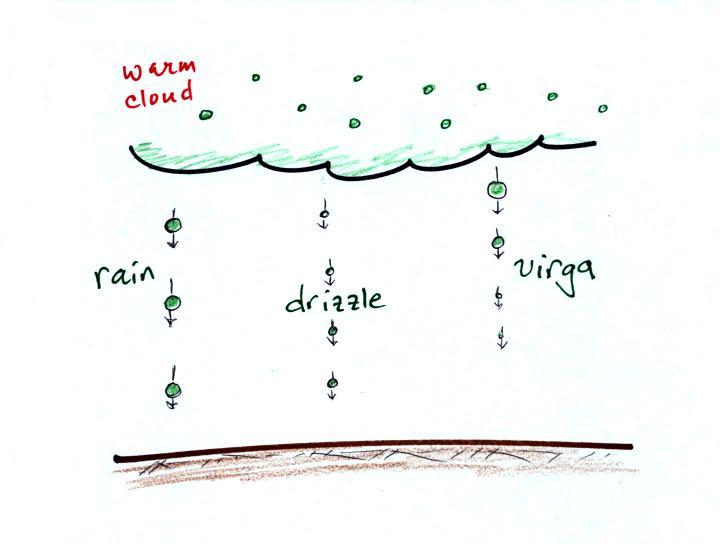
This process will only produce rain, drizzle, and something
called virga (rain that evaporates before reaching the
ground). Because the clouds are warm and warm air can
potentially contain more water vapor than cooler air, the
collision-coalescence process can produce very large amounts of
rain.
The ice crystal process produces precipitation everywhere
else. This is the process that makes rain in Tucson, even on
the hottest day in the summer (summer thunderstorm clouds are tall
and reach into cold parts of the atmosphere, well below
freezing). Hail and graupel
often fall from these storms; proof that the precipitation started
out as an ice particle). Thunderstorms also produce
lightning and later in the semester we will find that ice is needed to make the electrical charge
that leads to lightning.
There is one part of this process that is a
little harder to understand, but look at the variety of
different kinds of precipitation particles (rain, snow,
hail, sleet, graupel, etc) that can result.
We
were a little short on time and didn't cover the following
material in class. I didn't want to rush
through this next section as I often do (though it doesn't take
very much time to understand the CC process).
Here's how the collision coalescence process works. The
picture below shows what you might see if you looked
inside a warm cloud with just water droplets:
The collision coalescence
process works in a cloud filled with cloud droplets of
different sizes, that's critical. The larger
droplets fall faster than the small droplets. A
larger-than-average cloud droplet will overtake and collide with
smaller slower moving ones.
The bigger droplets
fall faster than the slower ones. They collide and
stick together (coalesce). The big drops gets even
bigger, fall faster, and collide more often with the smaller
droplets. This is an accelerating growth process -
think of a growing ball of snow as it rolls down a
snow-covered hill and picks up snow, grows, and starts to
roll faster and faster; or think of an avalanche
that gets bigger and moves faster as it travels downslope.
A larger than average cloud droplet can very quickly grow
to raindrop size.
The figure shows the two precipitation producing clouds:
nimbostratus (Ns) and cumulonimbus (Cb). Ns
clouds are thinner and have weaker updrafts than Cb clouds.
The largest raindrops fall from Cb clouds because the droplets
spend more time in the cloud growing. In a Cb cloud raindrops can
grow while being carried upward by the updraft and also when
falling in the downdraft.
Raindrops grow up to about 1/4 inch in diameter. When
drops get larger than that, wind resistance flattens out the drop
as it falls toward the ground. The drop begins to "flop" or
"wobble" around and breaks apart into several smaller
droplets. Solid precipitation particles such as hail can get
much larger (an inch or two or three in diameter).
And actually my sketch at lower left above isn't quite accurate
as this video of the breakup of a
5 mm diameter drop of water shows.

